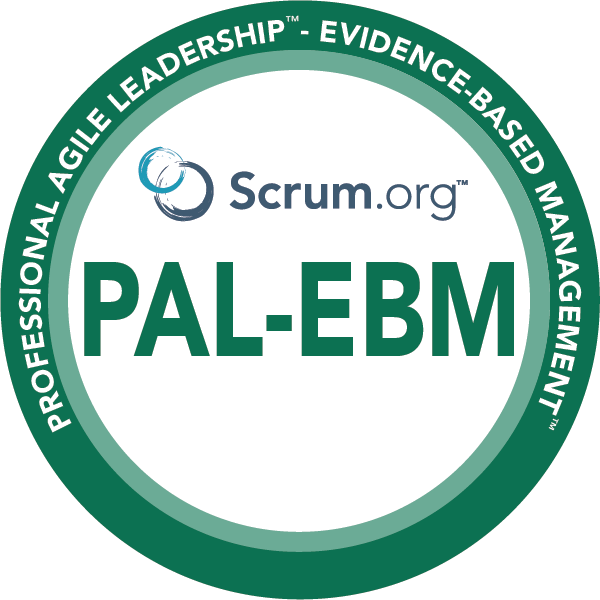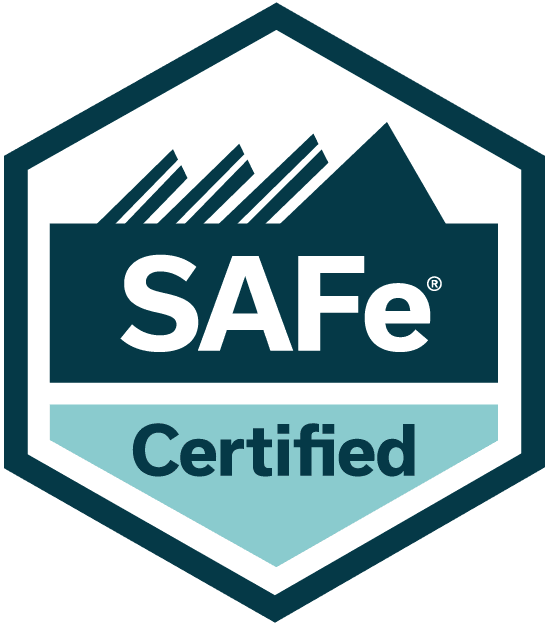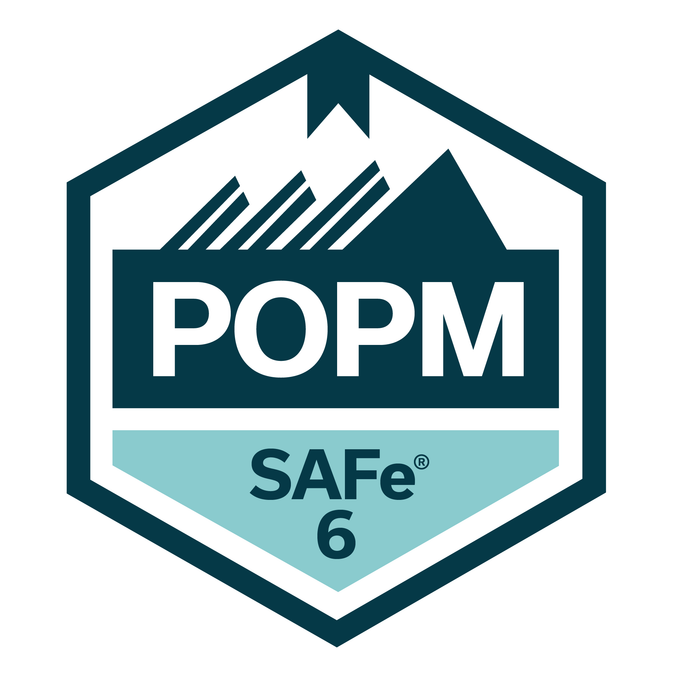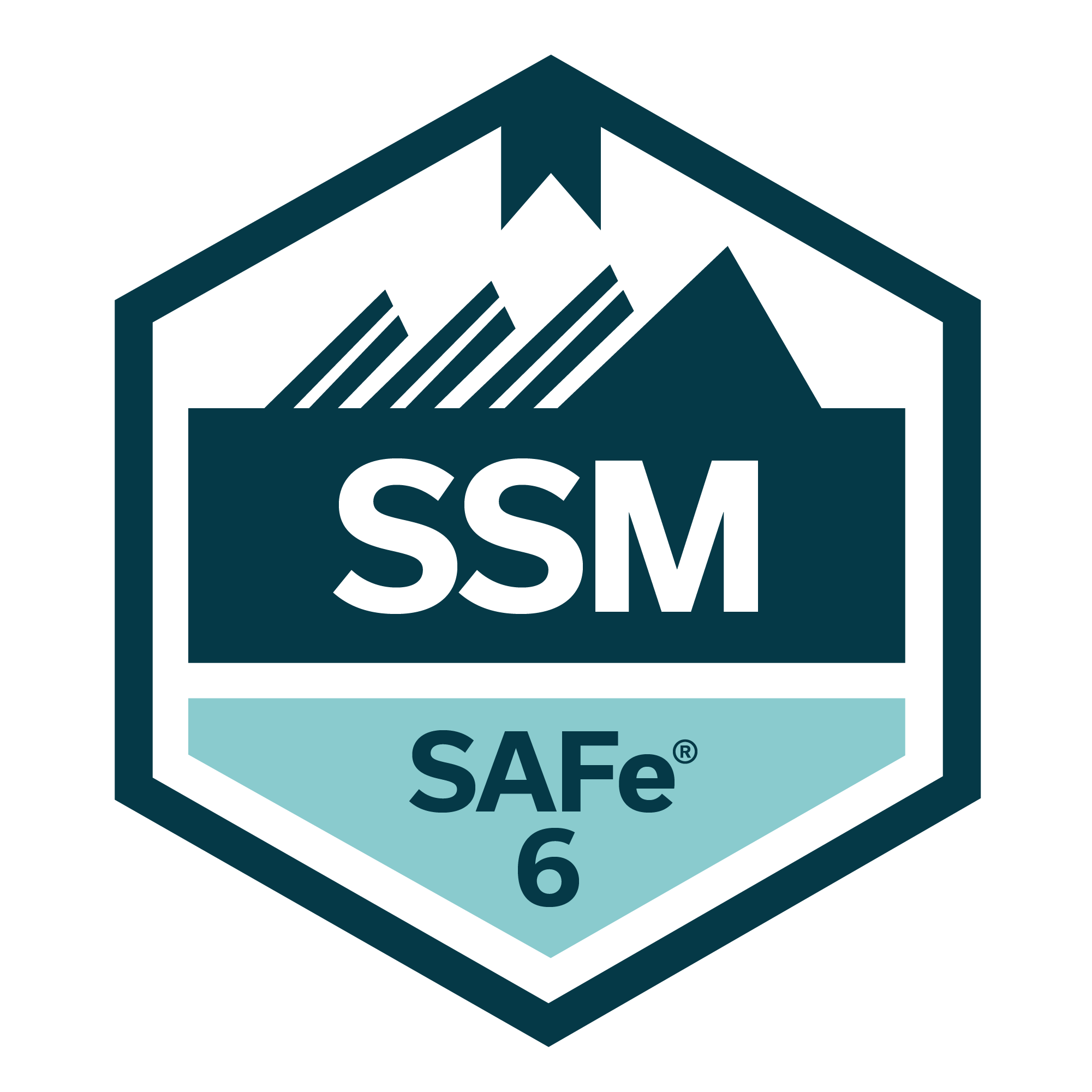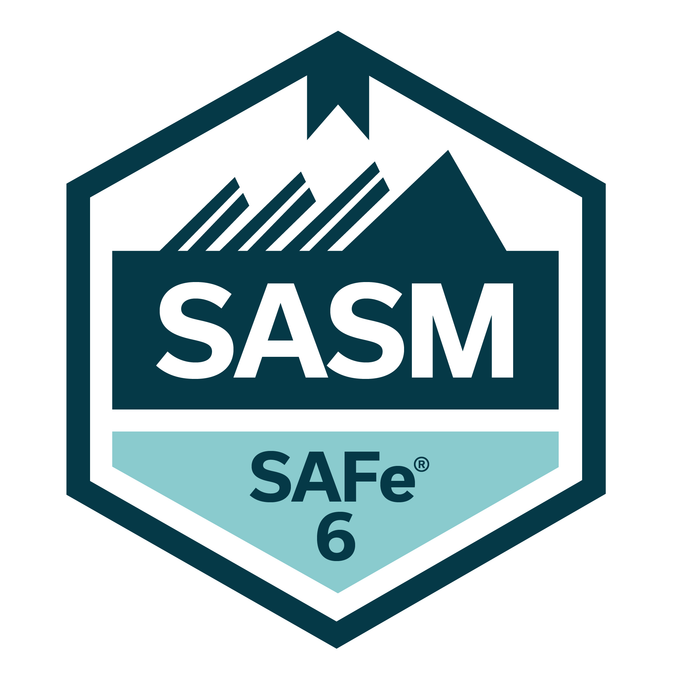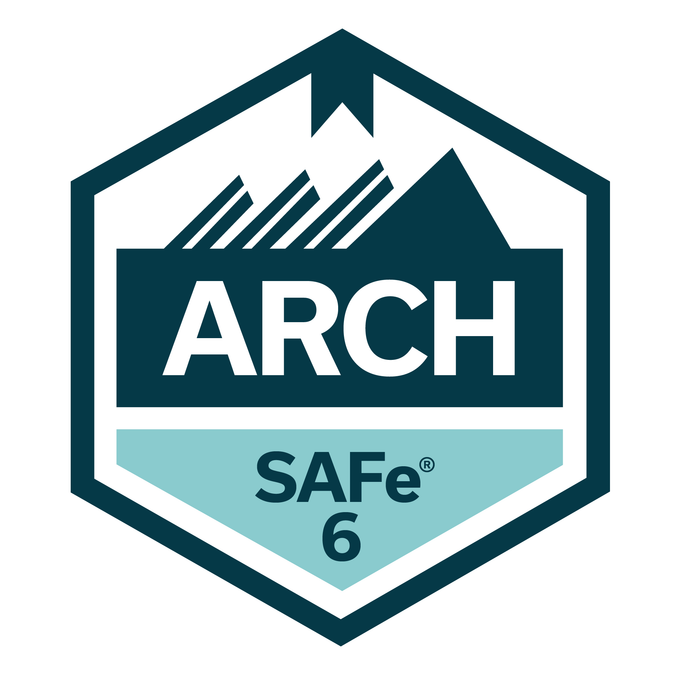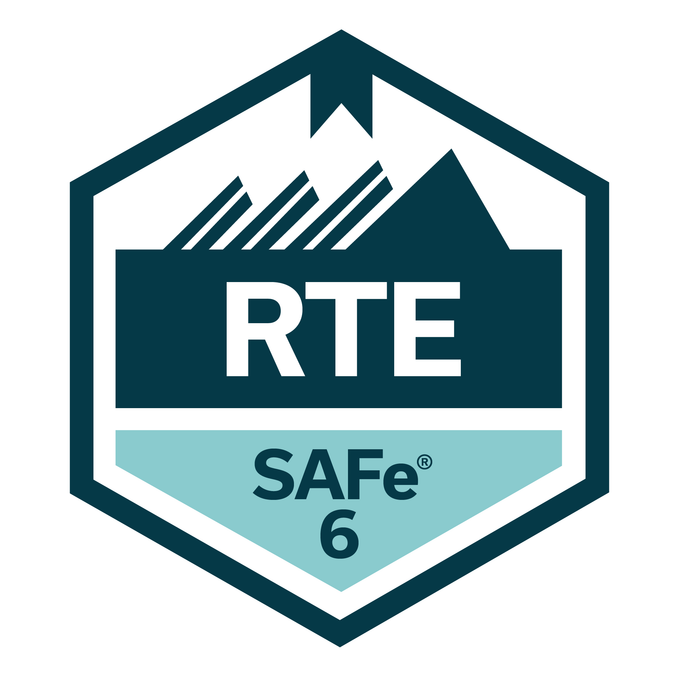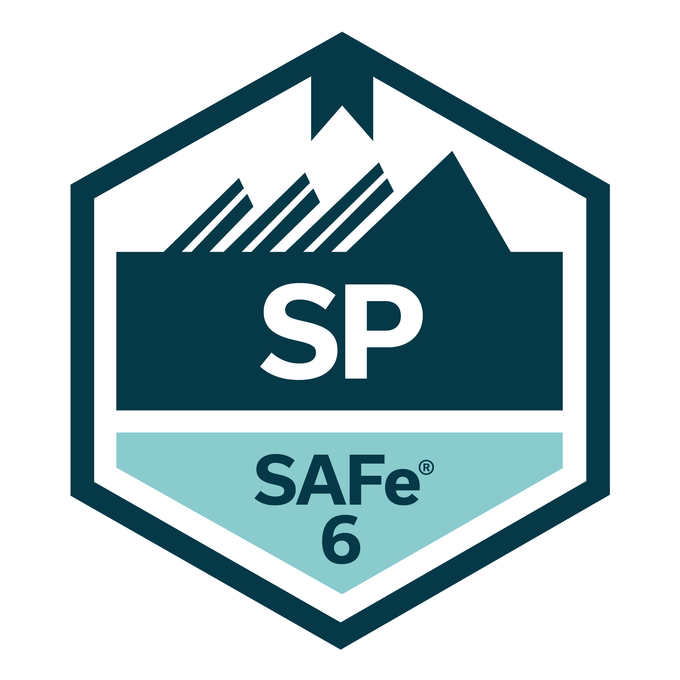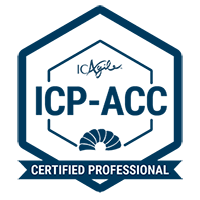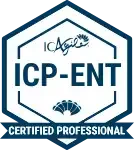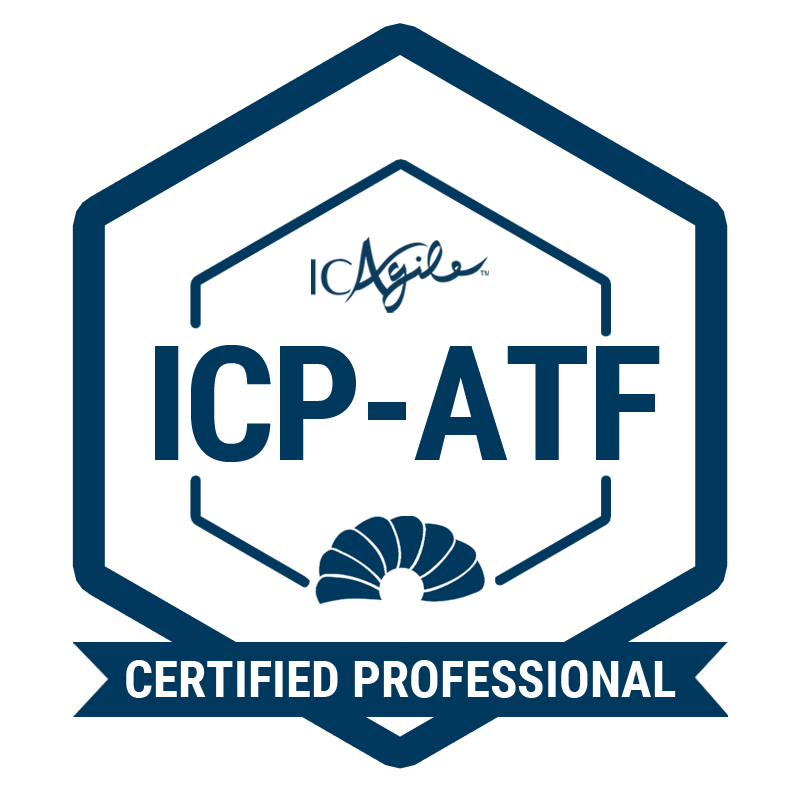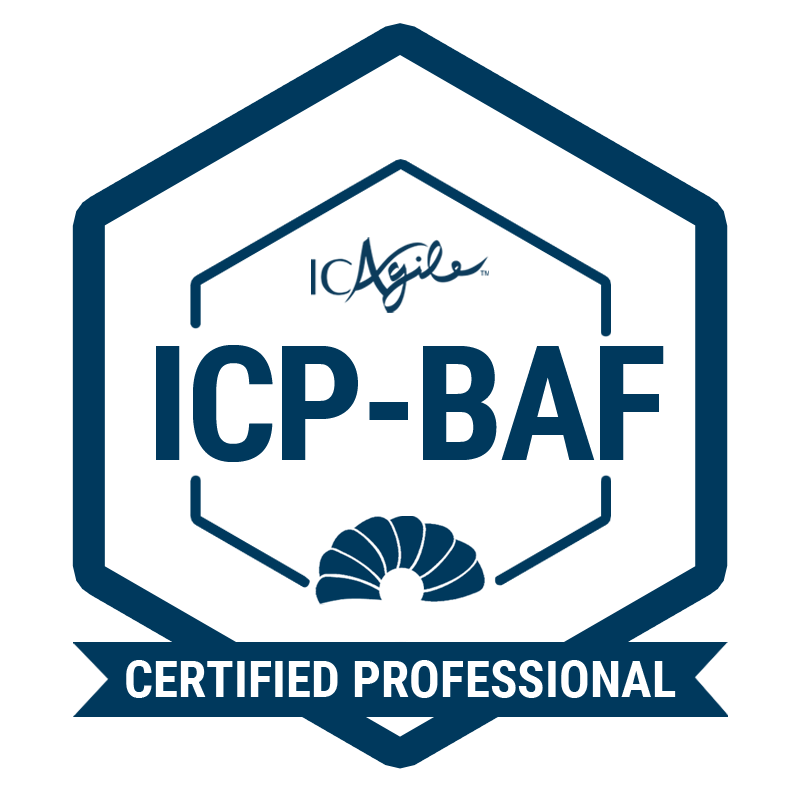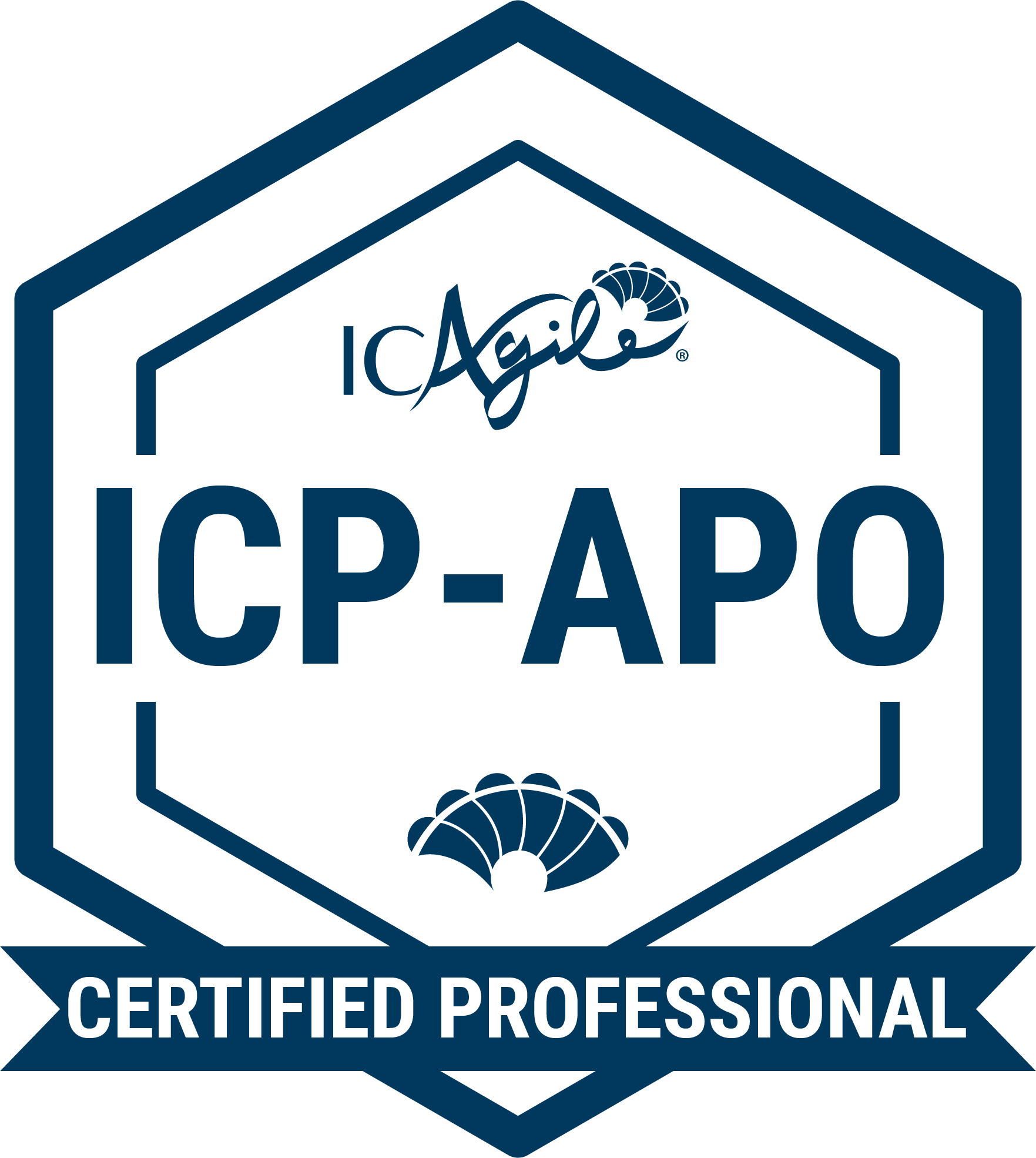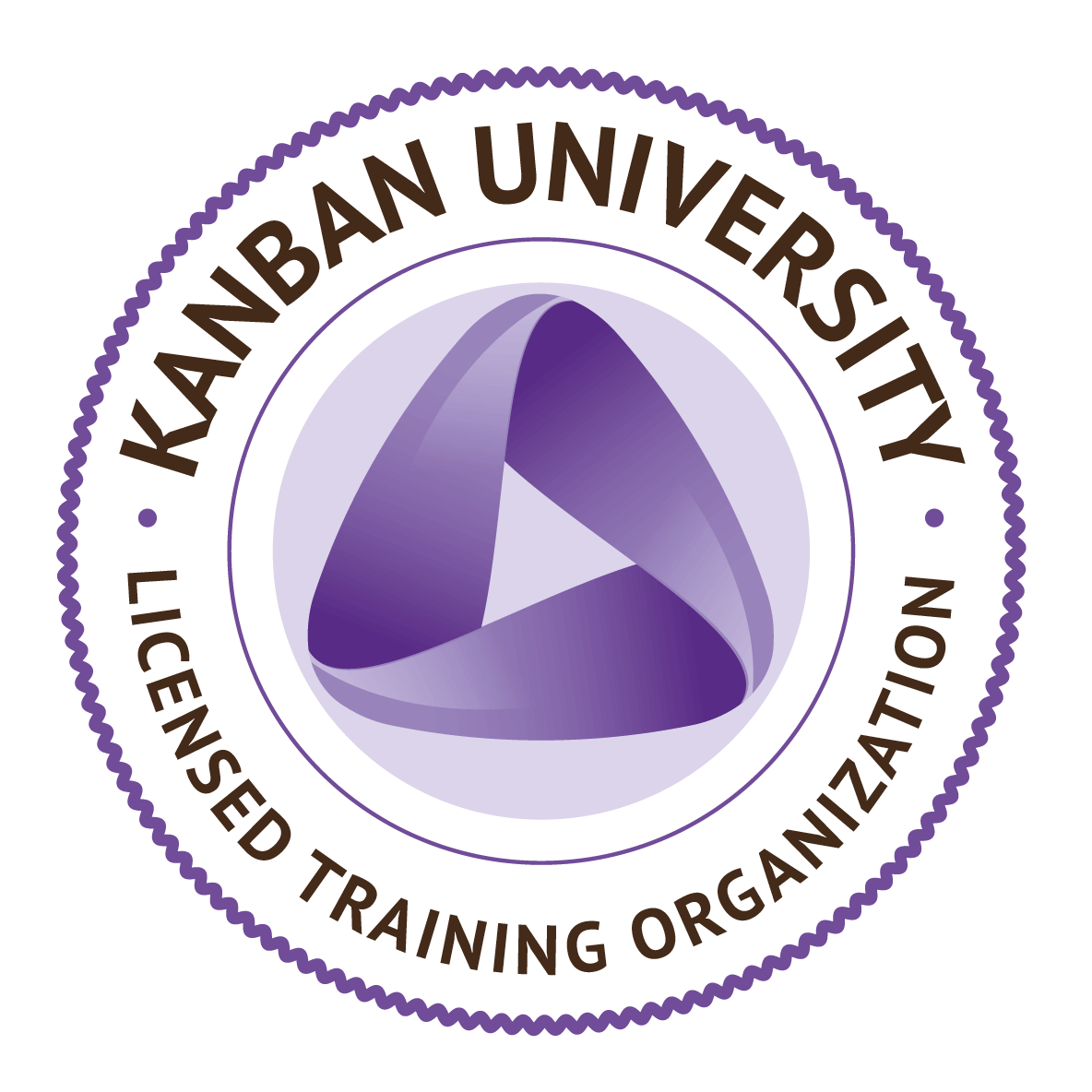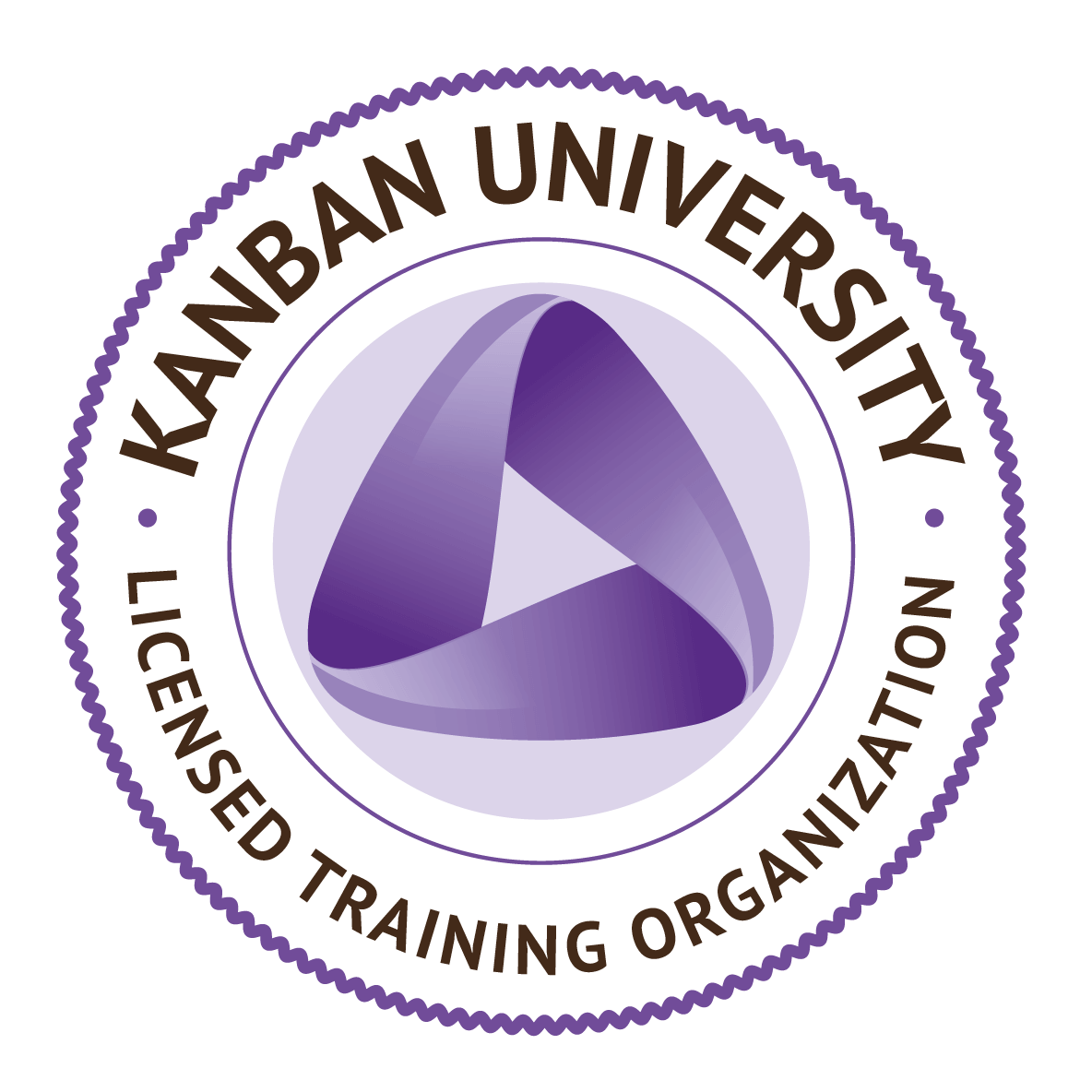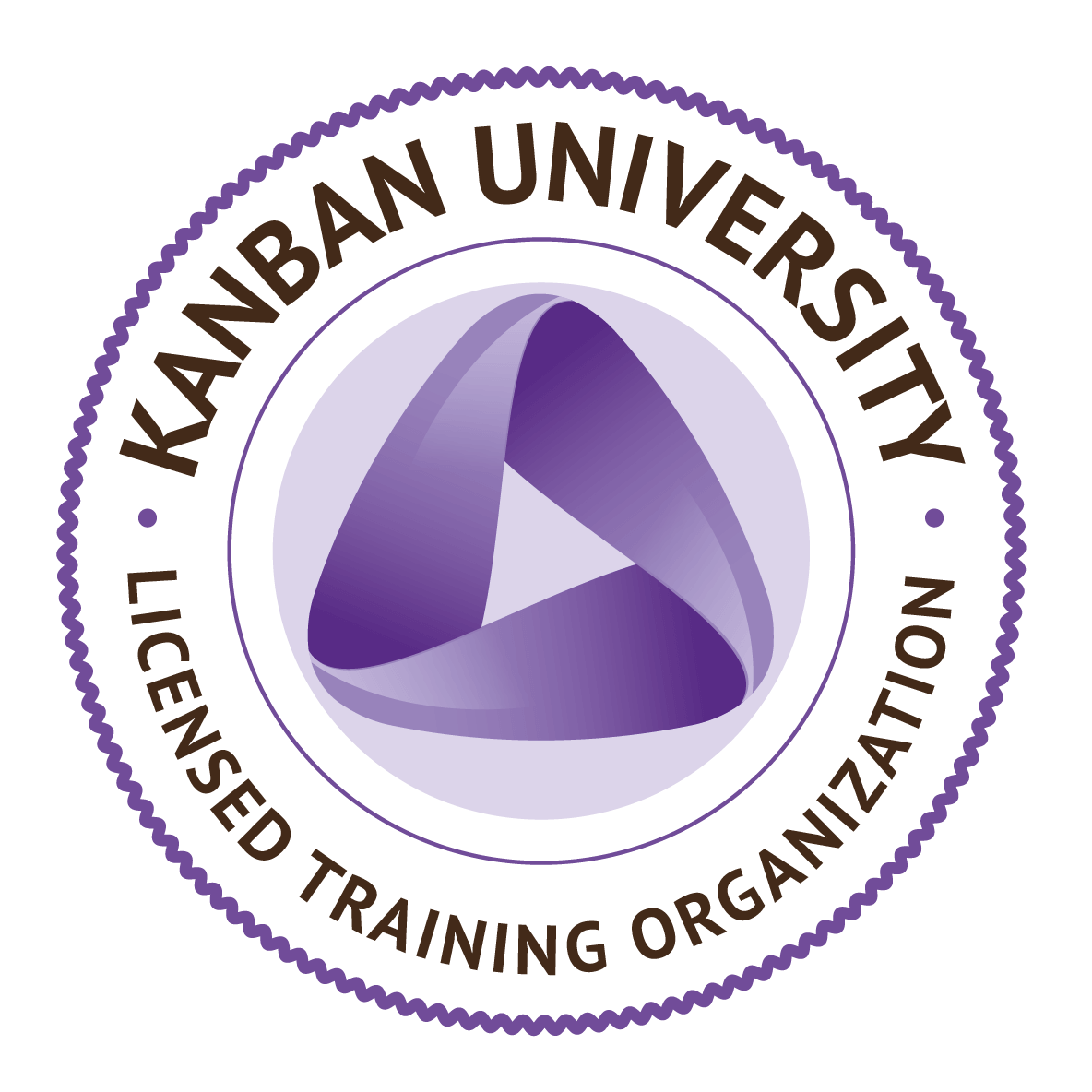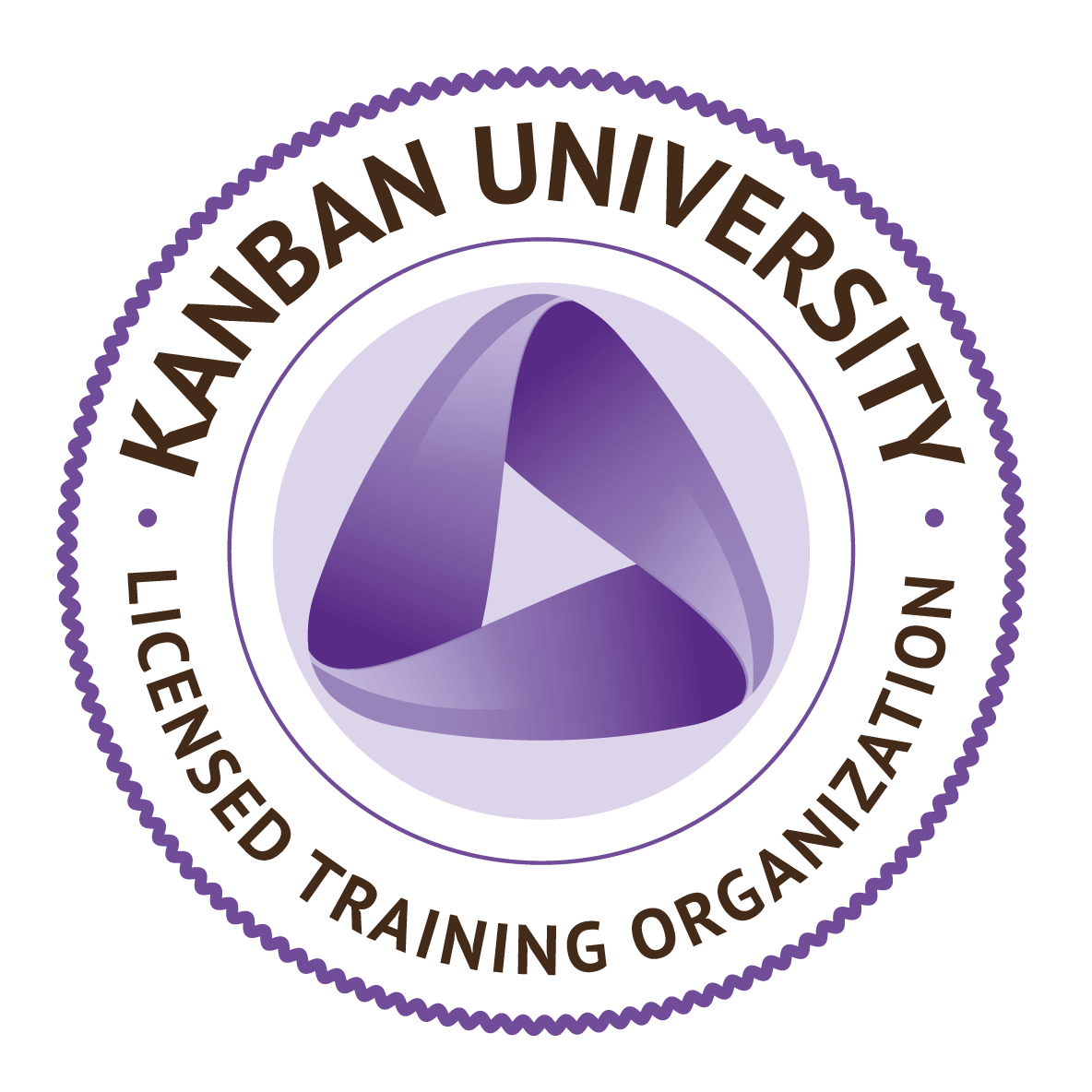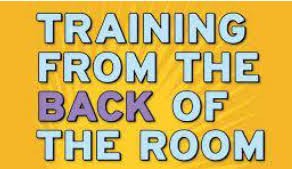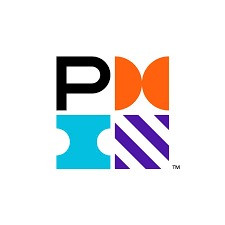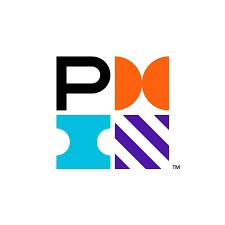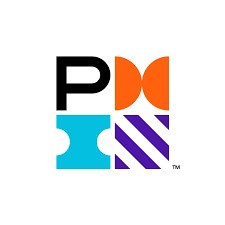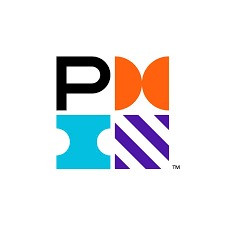An Increment is essentially the “Done” portion of the product at the end of a Sprint. It's not just a piece of the work completed but the sum of all the work done on the product up to that point. Each Increment builds on the previous ones, ensuring that the product evolves incrementally and continuously adds value.
Characteristics of a Good Increment
-
Complete and Usable: A good Increment is complete and in a usable state. This means that it must meet the Definition of Done, which is a shared understanding of what it means for work to be complete. It should be potentially shippable, even if the Product Owner decides not to release it immediately.
-
Incremental Value: Each Increment should provide additional value to the product. It's a small step forward, but it should be a step that moves the product closer to the overall Product Goal. The focus is on delivering value, not just on completing tasks.
-
Quality Maintained: Quality should be maintained or improved with each Increment. Scrum emphasizes the importance of maintaining a high standard of quality, and each Increment should reflect that.
Increment vs. Release
It's important to distinguish between an Increment and a Release in Scrum. While an Increment is the outcome of a Sprint, a Release is a decision made by the Product Owner about when to deploy the Increment to users or customers. Not every Increment is released, but every release should consist of one or more Increments.
Learn More About Scrum!
Agile GlossaryImportance of Increment in Scrum
- 1Continuous Improvement: Increments allow for continuous improvement. By delivering small, usable pieces of the product, the Scrum Team can gather feedback, learn, and make adjustments in subsequent Sprints.
- 2Transparency: Increments provide transparency to stakeholders. They can see tangible progress at the end of each Sprint, which builds trust and ensures that everyone is aligned on the direction of the product.
- 3Risk Mitigation: Working in increments helps mitigate risks. Instead of waiting until the end of a project to see if the product works, Scrum allows for regular checks and balances. Each Increment is a step toward ensuring that the product meets user needs and expectations.
- 4Flexibility: Increments give the Scrum Team flexibility. If priorities change or new information emerges, the team can adapt without losing momentum. The product evolves naturally, responding to change rather than following a rigid plan
Definition of Done and Increment
The Definition of Done (DoD) is integral to the concept of an Increment in Scrum. The DoD is a shared understanding within the Scrum Team of what it means for work to be complete. It ensures that each Increment is truly finished, not just in terms of coding, but also in testing, documentation, and any other necessary steps.
The DoD helps maintain consistency and quality across Increments. It prevents incomplete work from being considered done, which would undermine the value of the Increment and the product as a whole. If an item doesn’t meet the DoD, it can’t be considered part of the Increment.
Increment and Product Goal
In Scrum, the Product Goal is the long-term objective that the Scrum Team is working towards. Every Increment should be a step toward achieving this goal. The Product Goal gives direction and purpose to each Increment, ensuring that the Scrum Team is focused on delivering value that contributes to the larger vision.
Increments should be aligned with the Product Goal, which is why regular refinement of the Product Backlog is important. This ensures that the team is always working on the most valuable items that will bring them closer to achieving the Product Goal.
Practical Example of an Increment
Let’s consider a practical example of an Increment in the context of a software product. Suppose a Scrum Team is working on a mobile banking app. The Product Goal is to create a user-friendly app that allows customers to manage their finances from their phones.
During one Sprint, the team might focus on developing the login functionality, which includes setting up a secure authentication system. At the end of the Sprint, the team has a working login feature that meets the Definition of Done. This feature is now part of the Increment.
Even though the login feature alone doesn’t make the app complete, it adds value to the product. It’s a usable, testable piece of the product that can be built upon in future Sprints. As more features are developed, each Sprint will produce an Increment, adding more functionality and value to the app.
Join Our Agile Community!
Sign up for our newsletter to stay updated on Agile practices, tips, and events.
Agilemania NewsletterConclusion
The Increment is a fundamental element in Scrum, representing the tangible progress made by the Scrum Team during each Sprint. It’s not just about completing tasks; it’s about delivering value in a usable form, ensuring continuous improvement, and moving closer to the Product Goal. By focusing on creating high-quality Increments, Scrum Teams can build products that meet user needs, adapt to change, and deliver real value to the business.
In the end, the Increment embodies the spirit of Scrum: delivering value iteratively and incrementally, with a relentless focus on quality and continuous improvement.













